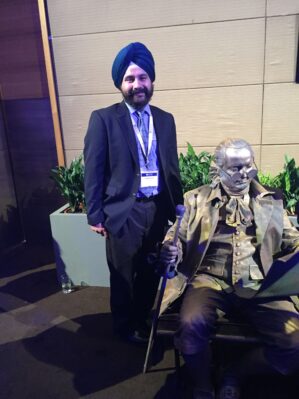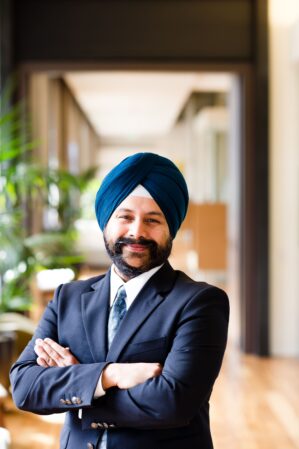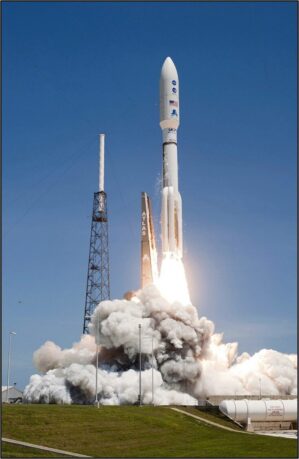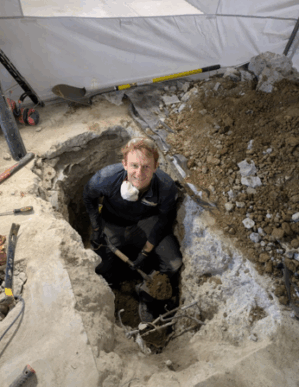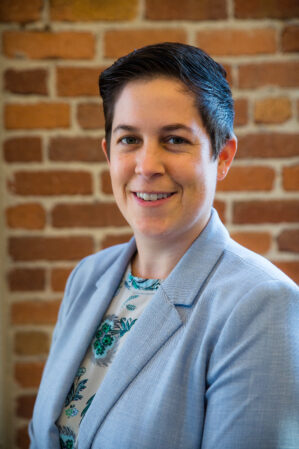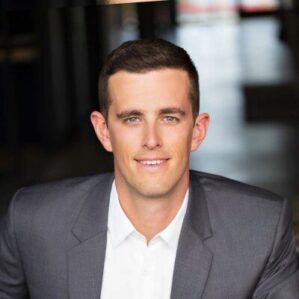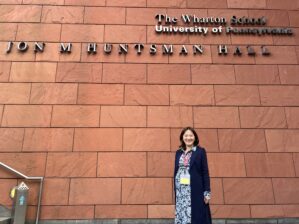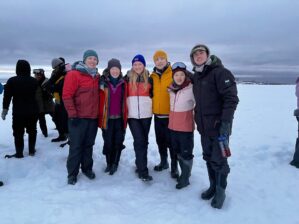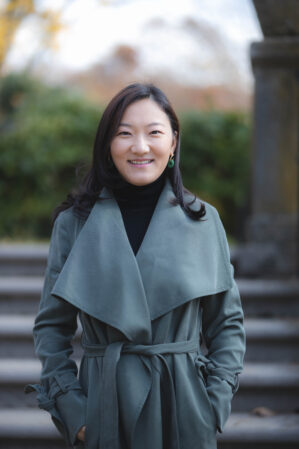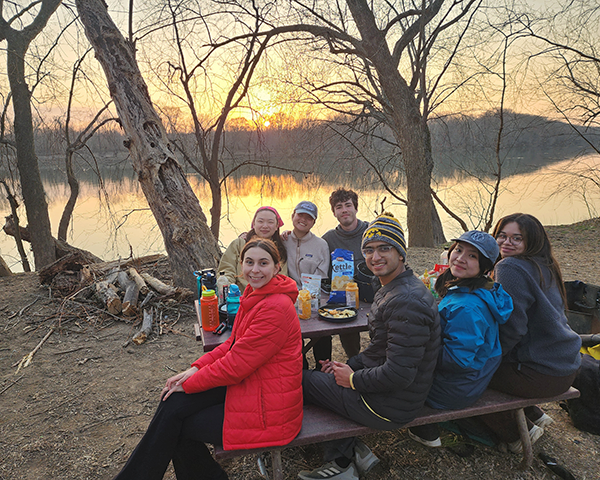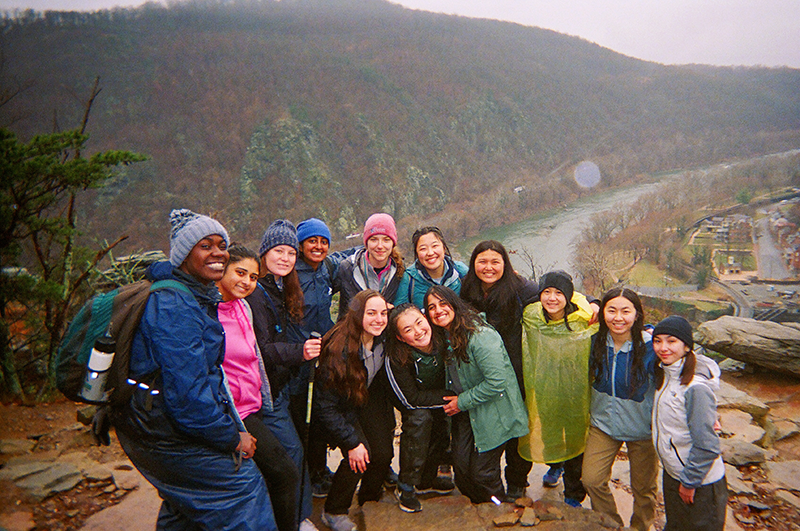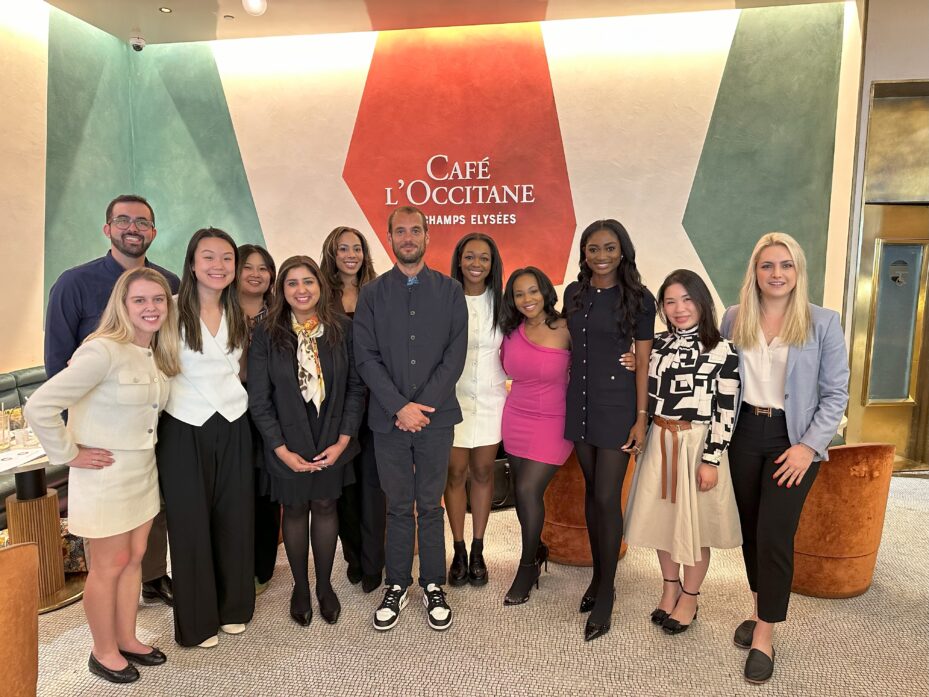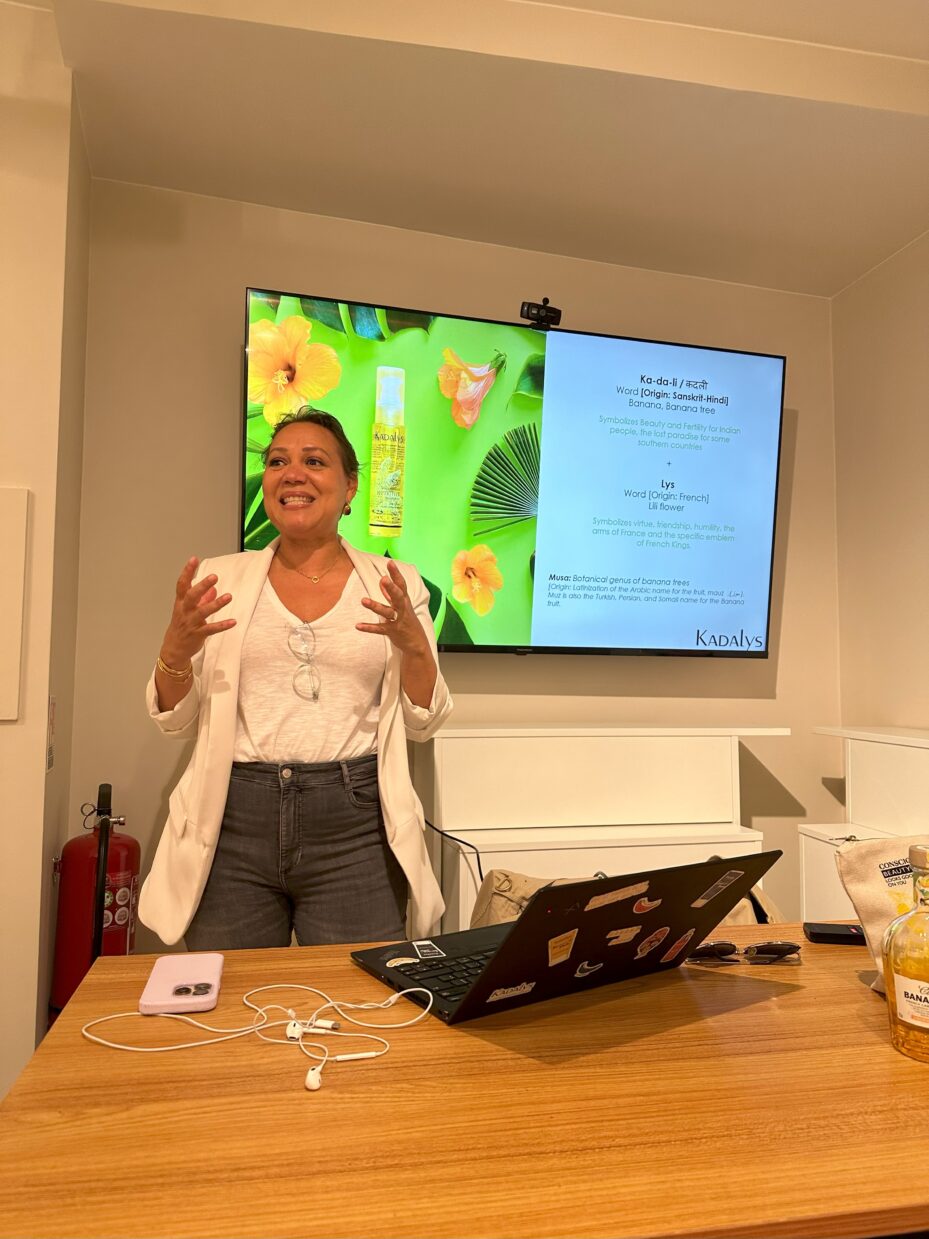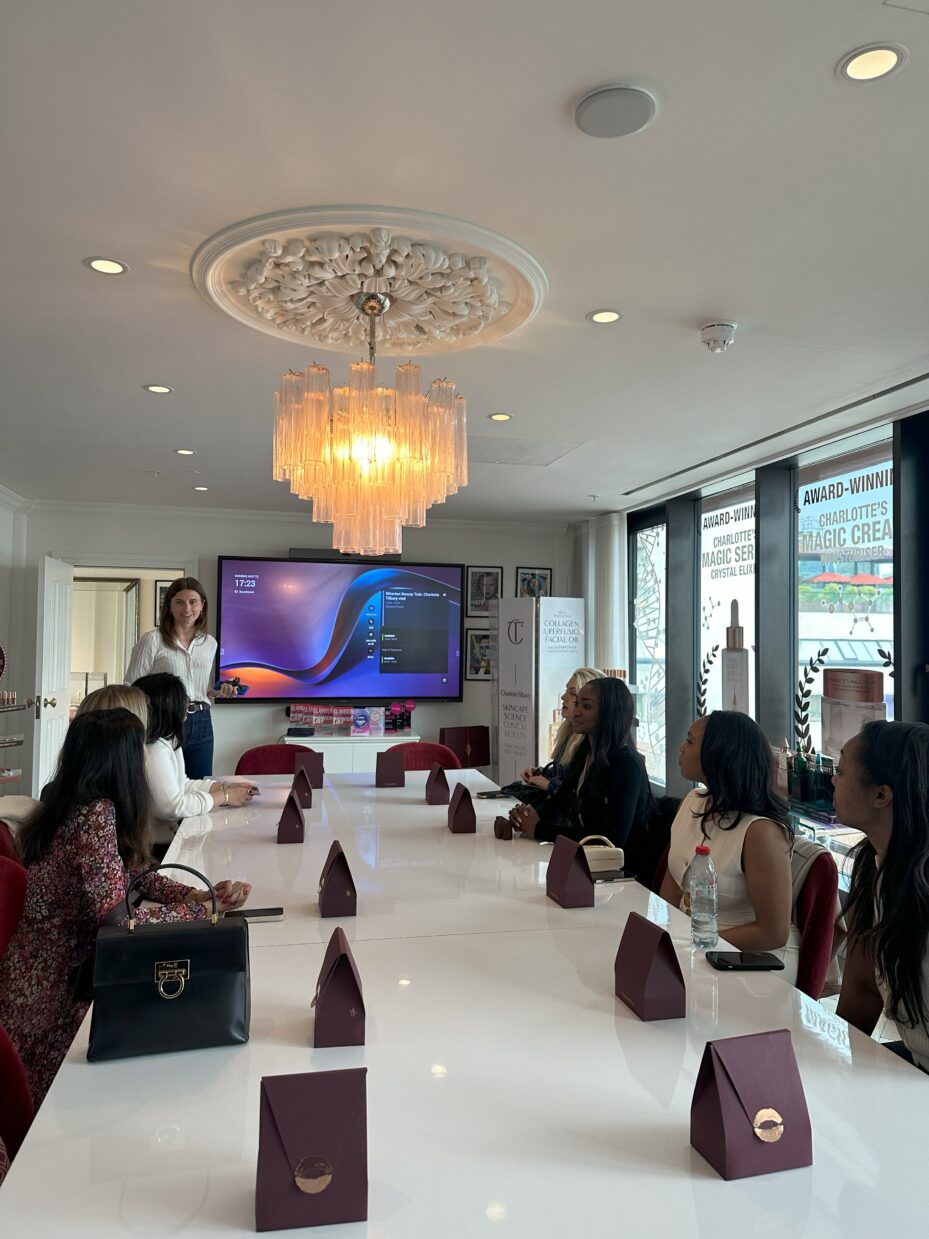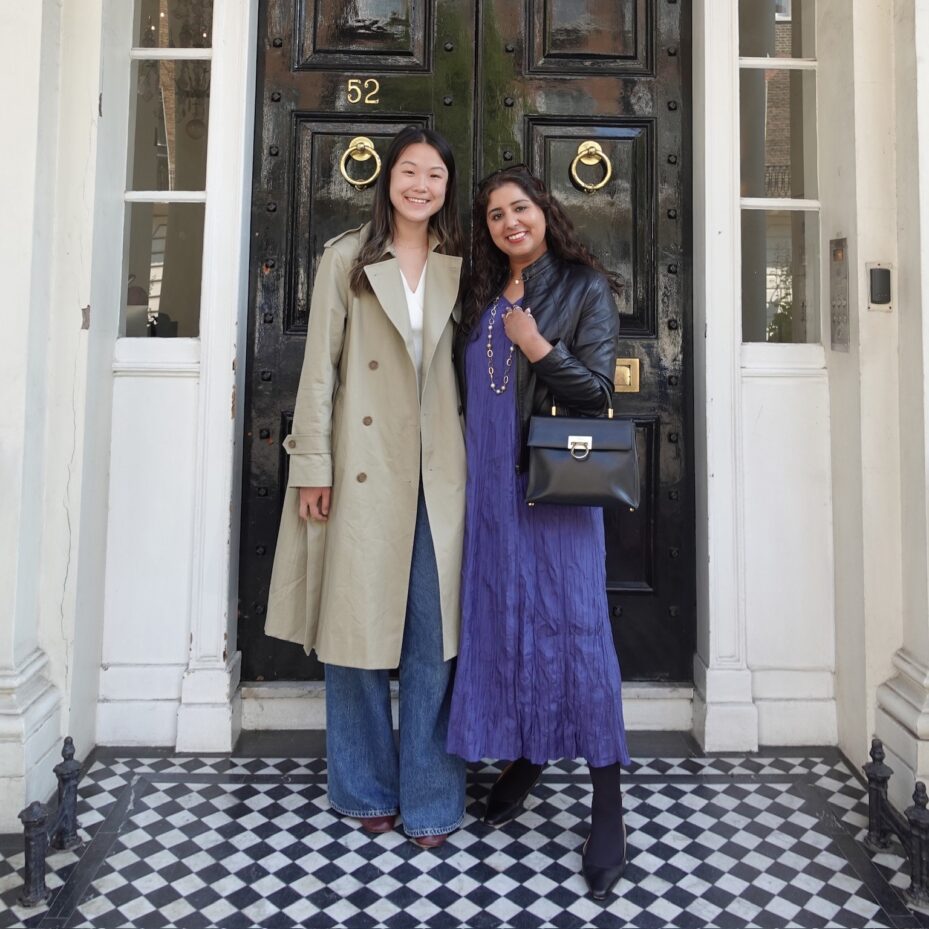Hear from Barbara Craft, Director of Admissions for Wharton’s MBA Program for Executives, on how to give both you and your essays the best chance at success
As the University of Pennsylvania’s founder, Benjamin Franklin, once said, “I have already made this paper too long, for which I must crave pardon, not having now time to make it shorter.” Franklin’s sentiment is often echoed by many applicants to Wharton’s EMBA program as they work to submit their admissions requirements; after all, we are asking you to be thoughtful and condense a lot of important information about yourself into two short essays, in addition to the checklist of other materials required to complete your application.
When it comes to the essays, the key is taking the time to reflect on the questions. Don’t miss the opportunity to think about how you want to frame your personal and professional experience and how this program can help your future career. Wharton MBA Program for Executives Director of Admissions Barbara Craft advises applicants to start the essay writing process early.
“The questions are posted in advance to give you plenty of time to draft and rework answers before submitting your application,” said Barbara. “We want to see thoughtful essays, and it takes time to figure out what you want to say and how to convey that in the framework of the essays.”
Just as important as giving yourself time is ensuring that the essays reflect the real you. Being honest in your responses and staying true to who you are as a candidate is essential.This is when asking a colleague or friend for help is useful. “Have someone who knows you well read your essays and then ask them if the essays sound like you,” Barbara advised. “And ask that same person – or perhaps another friend or colleague – to help proofread your final drafts. There is no excuse for essays with grammar errors and typos,” said Barbara.
Another pitfall to avoid is plagiarism, which is the number one reason to deny an application based on an essay. The Wharton MBA Program for Executives Admission team runs plagiarism checks on all essays and expects professionalism from applicants.
If you are currently working on your application or plan to start soon, here are tips for tackling each specific essay:
The first essay
The first question asks about your career objectives and how this program will help you achieve your goals. “We want to see that you have thought about your career and how this program will add value. We want to make sure you have done your due diligence both on our program and why it is the right fit for you and your goals,” said Barbara.
She added that applicants should focus on where they currently are in their career and what they would do with an MBA. “Your plans may change, but we want to make sure you have been thoughtful about this program and why you want to come here now.”
The second essay
The second essay asks you to reflect on your personal, professional, and academic background and consider how you intend to make meaningful and specific contributions to the Wharton community. This could involve sharing your unique experiences, skills, and perspectives that you bring to the table and explaining how you envision using them to enrich the Wharton community. The essay is an opportunity to demonstrate your understanding of what Wharton values and how you align with those values, showcasing how your presence would enhance the overall learning and collaborative environment at Wharton.
“Not everyone has the same experiences in this area. Our students come from a variety of backgrounds and everyone’s perspective adds value and enhances the learning environment,” Barbara noted. “What is most important is to be authentic and thoughtful in your reflection. There is no perfect answer.”
The optional essay
The optional essay is an opportunity to share information that may be missing in other parts of the application.
“This essay is truly optional,” said Barbara. Don’t feel compelled to use this space unless you have something to share that can’t be conveyed in another part of the application, such as circumstances that impacted your undergraduate academic performance.”
The bottom line
The biggest piece of advice for all of the essays is to take time to be thoughtful and be yourself. “We want to really get to know you through these essays. So, make sure they are in your voice, give strong examples, and tell us who you are instead of telling us what you think we want to hear.”
Posted: October 2, 2025





